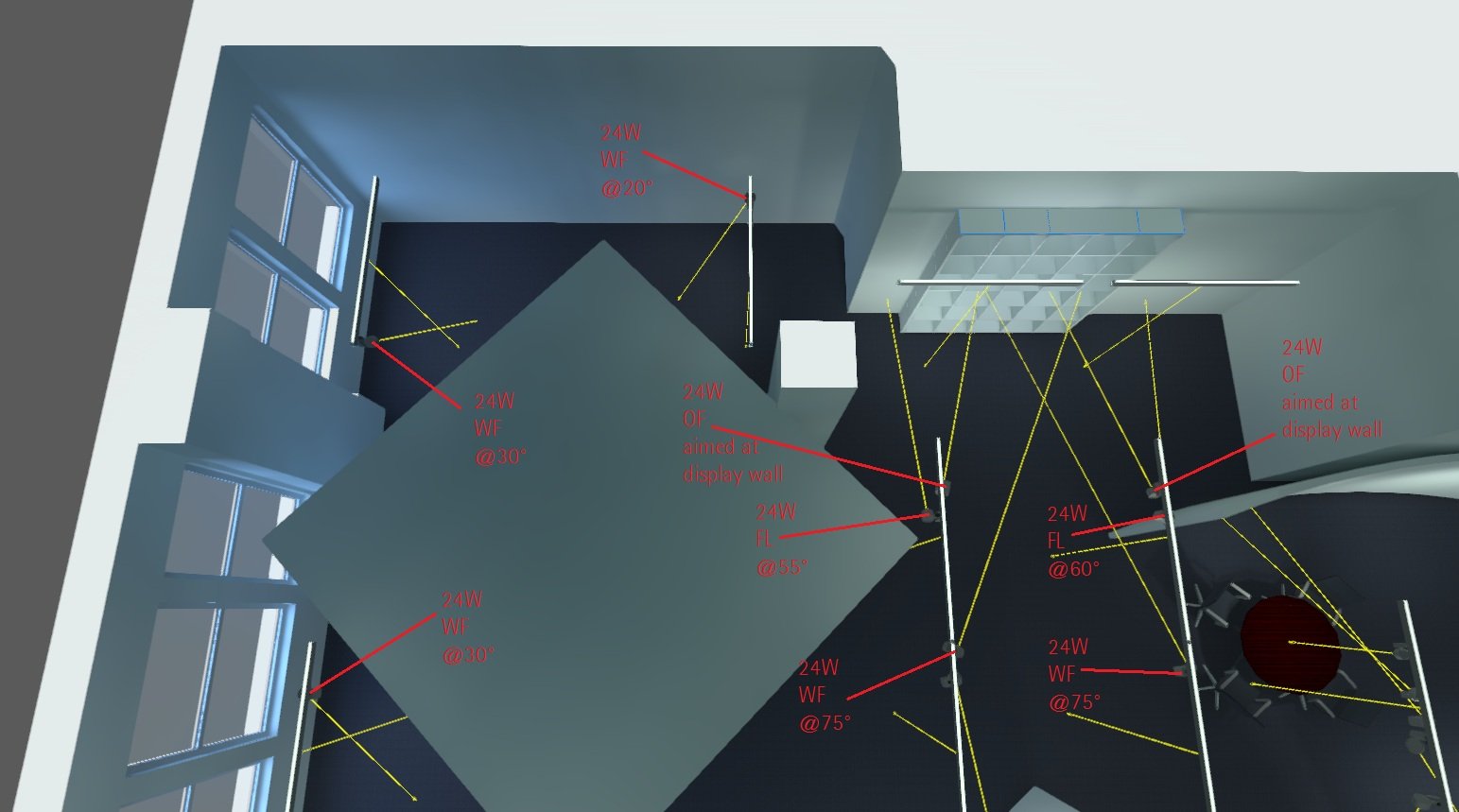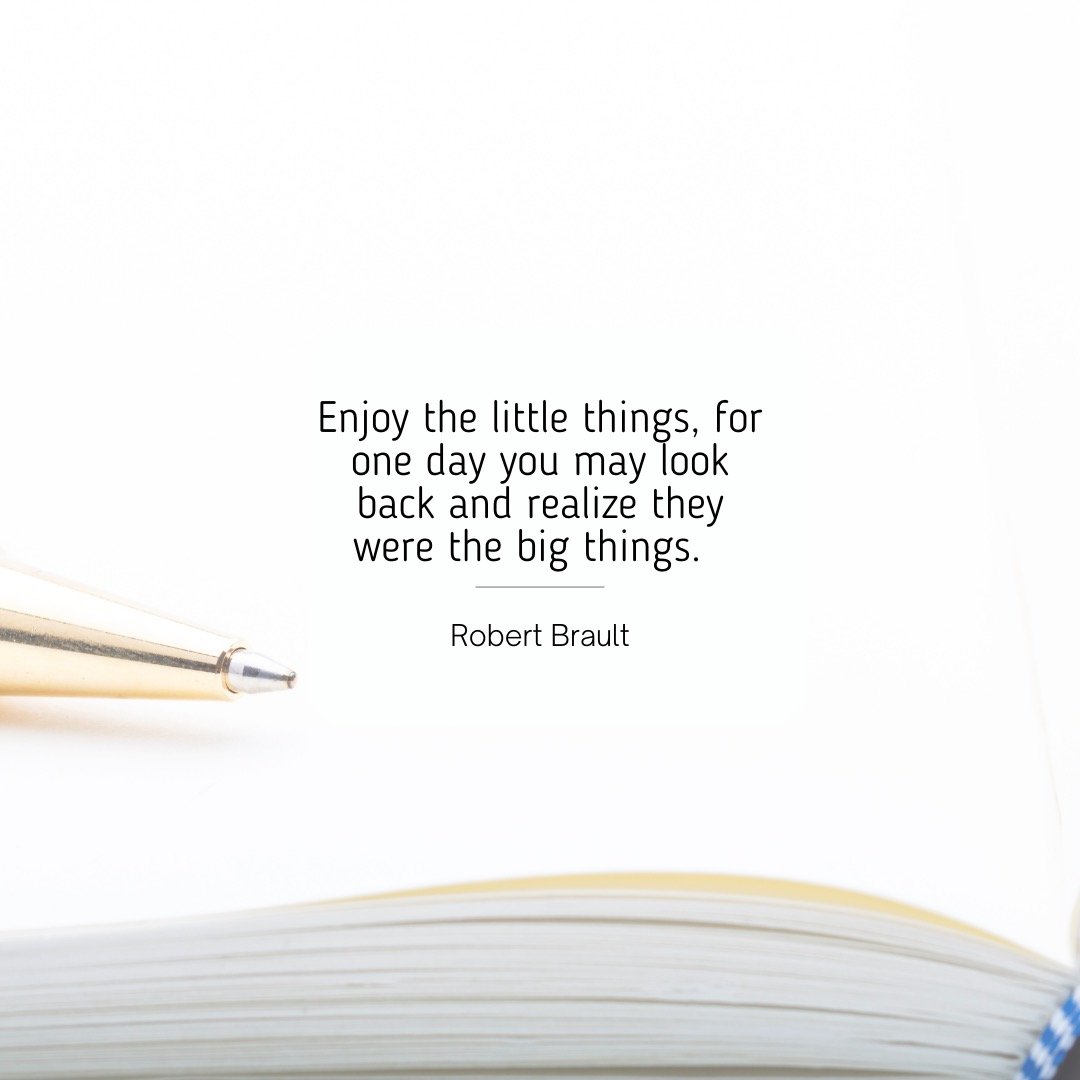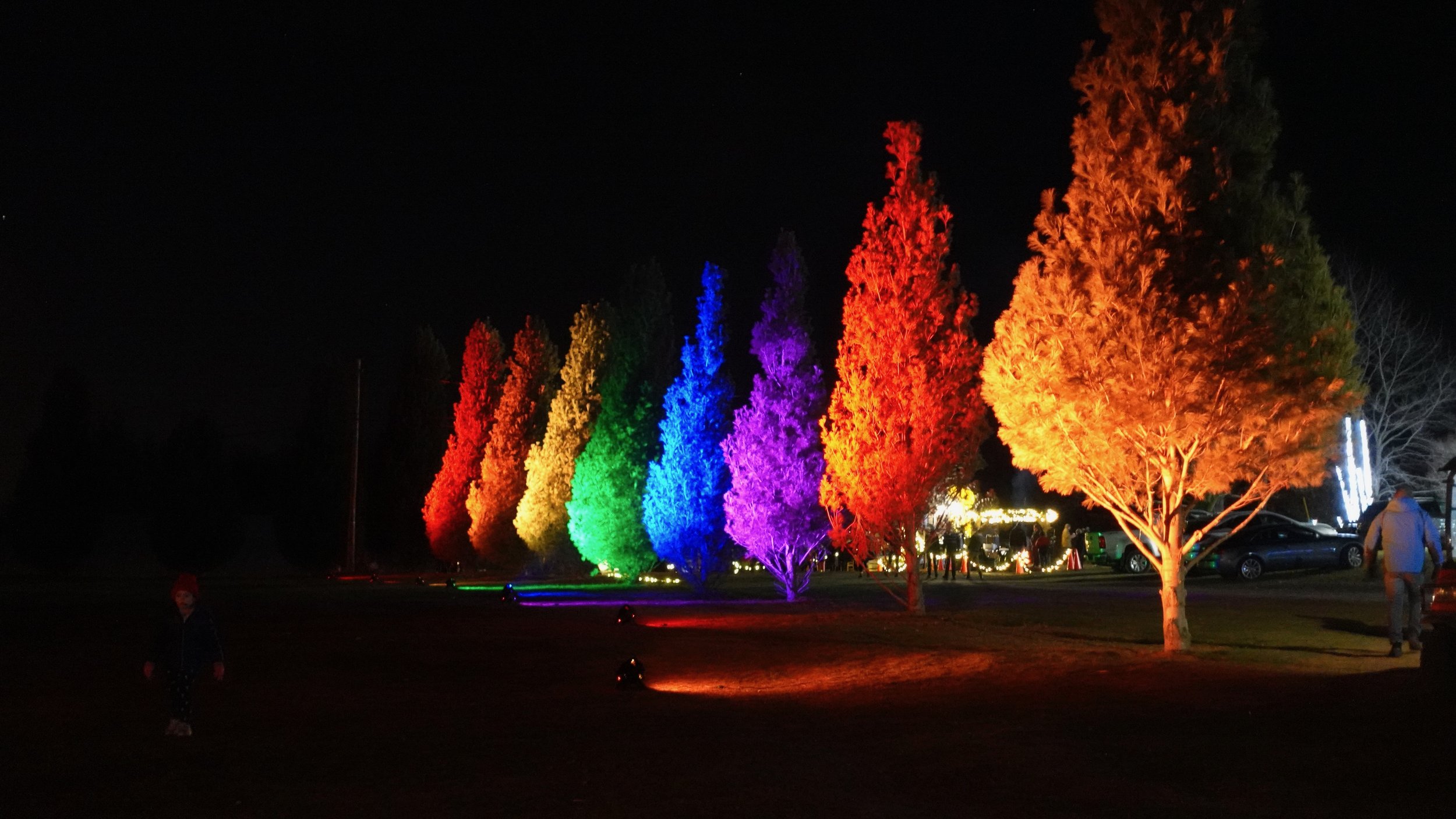Investing in Great Light
My last post argued that lighting is the most important thing you’re not thinking about. In that post, I concluded with the idea that light needs to be something you invest in. So let’s say you’re ready to invest in great lighting...what do you do now? In this post, we’ll talk about 5 things you need to do and consider when it comes time to consider light at part of your design
Discuss with your architect
Define your design priorities
Determine if you need a lighting designer
How do you want to control the light?
Be ready to increase the lighting budget.
Discuss with Your Architect
It’s important that your architect understands that great lighting is critical to your project. Most projects don’t make lighting a high priority. Don’t assume that your architect will design or specify anything above the basics into your project unless you’ve mentioned this to them. You would be amazed how many architect/client conversations deeply discuss the wood grain in the shelving consoles, but never discuss the lighting scheme.
Define your lighting goals
What are you trying to do with your space? Will you be pouring over lengthy legal documents? Are you selling organic produce? Are you giving yoga classes? What is happening in the spaces you’re designing will inform what makes great lighting for that space. It will also inform how much control is needed over that space.
Determine If You Need A Lighting Designer/Consultant
This is a decision that should happen with your architect. Some architects are comfortable working on their own and with their reps to figure out a lighting scheme and depending on the complexity of the space, that might be sufficient.
For example, if you’re opening an organic produce shop and really there is only one lighting decision to make, you need a great LED track head with beautiful color rendering, this is something an architect can probably work with their vendor to source.
If, on the other hand, you’re designing a wellness center with rooms for yoga classes, massage and acupuncture there is likely to be a level of complexity there and behooves the involvement of a dedicated and independent lighting designer.
I have a whole post on why you should hire a lighting designer, but if you’re not familiar these are independent professionals, meaning they’re not affiliated with any manufacturers or suppliers. They are making lighting decisions based on their expertise and your goals. Lighting designers are awesome.
Determine How You Want to Control The Light
I mentioned this up above, but how much you want or need to control the light will determine how much gear, time, and effort needs to go into the lighting control system. Please don’t let this scare you off, by code in most jurisdictions these days you’re required to have some level of lighting control and there are very lightweight systems from a gear perspective that will meet your goals 95% of the time.
That said, do you need control from a smartphone or tablet? Are you more of a lights on/lights off establishment? Slide dimmers might be fine, or they might be super lame if you’re opening a fine dining restaurant. These little touches are what make lighting an experience.
Be Ready to Increase The Lighting Budget
I will not lie to you. Premium lighting will increase the upfront budget (or first cost, if you prefer that lingo) on the design of your project. There’s no getting around that simple fact. You can get to work in ‘98 Ford Fusion or in a 2021 BMW, they both work, but one is a much better ride - there’s a cost associated with that. How much more is hard to gauge. If you’ve ever planned a bathroom renovation you know how quickly it can scale. Replacing the vanity and shower door is one thing…installing radiant floor heating and all new shower is another. That’s similar to how light can be. Upgrading to better quality fixtures is a good step, but once you’re turned on to this way of thinking, you’ll soon see that light can do myriad things. It will be up to you and your design team to reign in the options against the budget. Do you want a nicer downlight? Do you want it to have tunable white light? Do you want it to be controlled wirelessly?
Remember, You’re Making and Investment
That said, great lighting is an investment in your space that will pay you back. How? Great Lighting is a value multiplier. To go back to the organic fruit example, if you are asking your customers to pay a premium price for the best fruit available, you want every hue of green, yellow, red, and orange to burst in their eyes. The product they’re buying should look stunning and inviting and worth every penny they are about to spend. Light it with poor color rendering and poor contrast and it will look like every other selection of fruit and hardly worth the extra money.
Or maybe you’re opening a yoga studio. There are lots of yoga studios. Yours could be the one bathed with soft natural light during the day, but then during the early morning and late winter afternoons is filled with warm soft light that comes from the sides of the room, not from strips mounted to the ceiling above. A simple, well-designed lighting statement like that transforms the space into a visually comfortable environment no matter what pose you might strike. The more comfortable your students the more likely they are to take more classes.
In this way, light can enhance almost every experience, from getting an MRI to proposing marriage. We don’t think about light every day, but it is my belief to think we should. How great could your restaurant look? How amazing could your office feel? How relaxing could your living room become? A big part of answering these questions is light.













